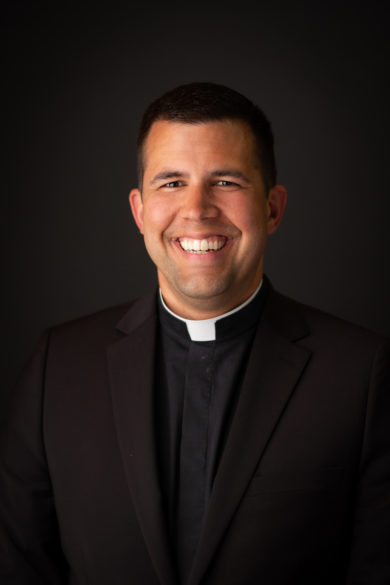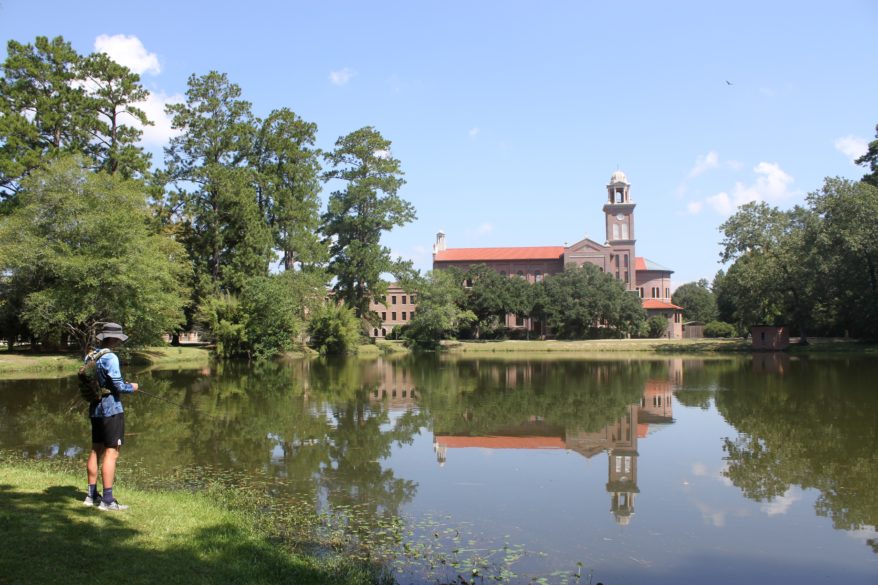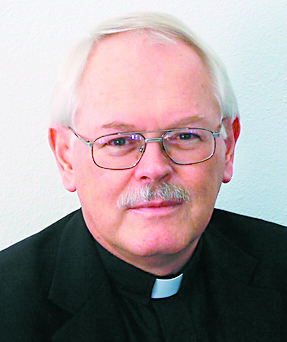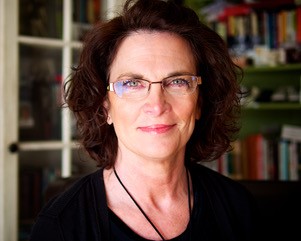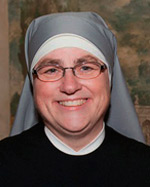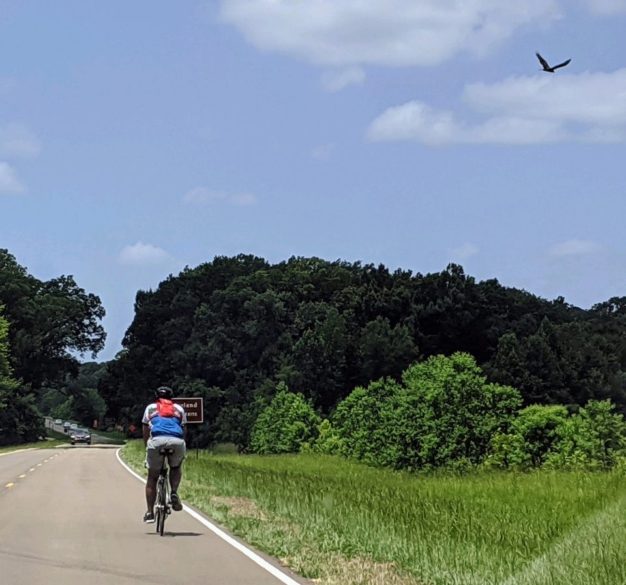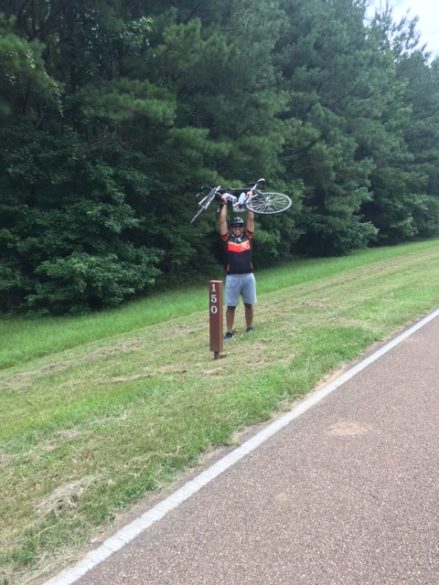THINGS OLD AND NEW
By Ruth Powers
Christ yesterday and today,
the Beginning and the End,
the Alpha and the Omega,
All time belongs to him and all the ages.
To him be glory and power through every age and forever. Amen.
This beautiful prayer is said each year on the Easter Vigil as the Easter candle is inscribed with the cross and the numerals of the current year.

It reminds us of something very important: time itself is part of God’s creation and, as such, is sacred. Modern people tend to view time as an arrow, always moving into the future. Pre-Industrial cultures, however, often viewed time as an ever-repeating cycle of seasons tied to the natural world.
The church combines these two ideas. The great wheel of our liturgical calendar retells the story of our salvation each year, while at the same time moving us forward towards the promised fulfillment of time that will happen when Christ returns. If we want to become more conscious in our own lives of the holiness of time, what better way to do it than through the church’s yearly cycle of feasts and fasts?
You are probably familiar with major seasons and feasts of the liturgical year — Advent, Lent, Christmas, Easter, Pentecost, etc., but there are other less well known feasts and fasts that are part of the traditions of the church. One such set of observances are the Ember Days. Four times a year, near each solar season, the church sets aside three days to ask for the blessings of nature, to thank God for the sacraments and to pray for priests. These days are times marked with prayer, fasting, and abstinence and are meant to serve as a kind of quarterly “spiritual check-up.” These days have been observed since the very early centuries of the church and remain part of her traditions, even though they were removed from the official liturgical calendar in the 1960s. The words “Ember Days” have nothing to do with embers or ashes but are thought to come from the Anglo-Saxon word ymbren, meaning circle or revolution, a reference to their ties to the cycle of the seasons.
Ember Days are observed on Wednesday, Friday and Saturday following certain liturgical celebrations that are near the change of seasons. The choice of these days of the week is meant to remind us of events leading to Christ’s death and resurrection: Wednesday for the day of his betrayal, Friday for his death and Saturday for his time in the tomb. Thursday is skipped because it should be a day of celebration for the gifts of the Eucharist and the priesthood. In fact, at one time the Ember Days were the favored days for celebrating ordinations of priests.
These days also have a specific tie to our liturgy, as they also correspond to the times of certain agricultural harvests in the Mediterranean world that are of importance to our liturgical celebrations. The Winter Ember days take place in December after the Feast of St. Lucy on Dec. 13. This is the time of the olive harvest and pressing, and reminds us of the holy oils used in the sacraments. The Spring Ember Days are observed the week after the First Sunday of Lent at the time that bees again become active and beeswax is harvested to make the candles used for the Mass and for the Easter Candle used at the Vigil. Summer Ember Days are the week following Pentecost, and they mark the beginning of the grain harvest, yielding the flour for the Eucharistic bread. Finally, the Autumn Ember Days are observed following the Feast of the Exaltation of the Holy Cross on Sept. 14, marking the grape harvest which yields the wine for Precious Blood.
So, the question arises, why revive the observance of these days? These days may seem to some to be a quaint relic of the “old” church, but I believe there are a number of reasons why the time may be right and beneficial to our spiritual growth.
First, many live lives that are disconnected from God’s creation in the natural world. We live in urban areas, tethered to technology almost 24/7. Most of our food arrives packaged in plastic, and we have no real idea of its origins. Our relationship to the weather revolves around how it affects our personal plans, not how it affects the farmers who provide our food. By pausing for a little while and acknowledging the change of seasons and the various harvests, we can refocus our thoughts on God and his Creation and our need to care for it.
In addition, the penitential focus of the 3-day observance can also serve as a mini-Lent: a time to step back from the concerns of our daily lives and turn our attention to our relationship with God.
Finally, our priests and religious need prayers to support them in their service of God and the church. We can use the Ember Days as special times to thank God for their devotion, pray for their continued strength, and pray for vocations.
(Ruth is the Program Coordinator for St. Mary Basilica Parish in Natchez. She has over 35 years experience as a catechist and theology teacher at all levels from preschool to graduate school.)

